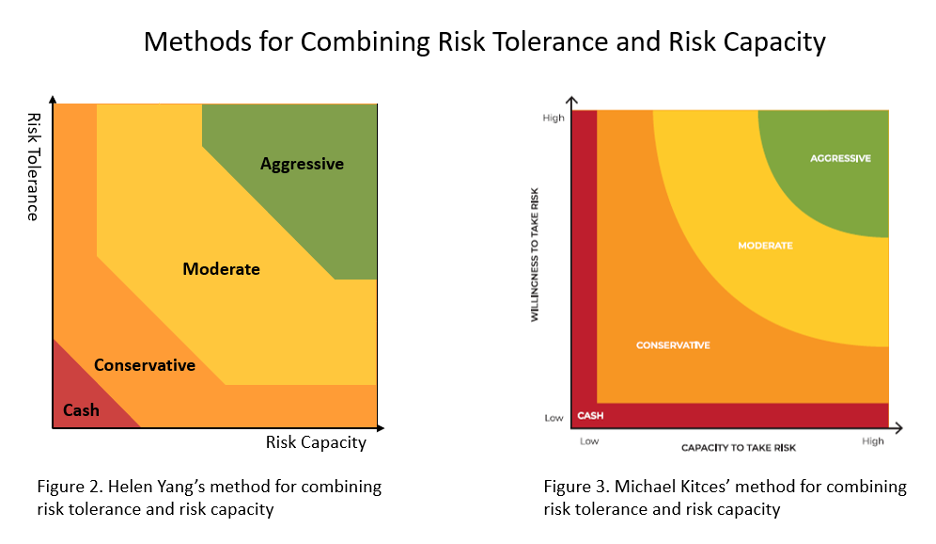Assessing your risk tolerance accurately is an important step in determining the appropriate investment strategy for your financial goals. Here are some approaches to help you assess your risk tolerance:
- Self-reflection and goal assessment: Start by reflecting on your financial goals, time horizon, and investment objectives. Consider factors such as your desired rate of return, the purpose of your investments (e.g., retirement, education, short-term goals), and your ability to withstand potential investment losses. Understanding your goals and financial circumstances can provide insights into the level of risk you are comfortable with.
- Risk tolerance questionnaires: Many financial institutions and online platforms offer risk tolerance questionnaires or quizzes. These questionnaires typically ask a series of questions about your financial situation, investment knowledge, and attitudes towards risk. The responses are used to generate a risk profile and suggest an appropriate asset allocation. While these questionnaires can provide a starting point, they should be used as a guide rather than a definitive measure of your risk tolerance.
- Past experiences: Reflect on your past experiences with investing and how you reacted to market fluctuations or investment losses. Did you feel anxious or panicked during market downturns, or were you able to stay calm and focused on your long-term goals? Your past experiences can provide insights into how you may react to future market volatility and help gauge your risk tolerance.
- Risk capacity assessment: Consider your financial situation, including your income, expenses, debt levels, and the stability of your job or income source. Assessing your risk capacity involves understanding the financial resources you have available to withstand potential losses. A higher risk capacity may allow for a greater tolerance for investment risk.
- Consider time horizon: Your time horizon, or the length of time you plan to invest before needing the funds, can impact your risk tolerance. Generally, longer time horizons allow for a higher tolerance for risk since there is more time to recover from market downturns. If you have a shorter time horizon or a specific financial goal approaching, you may need to take a more conservative approach to minimize the impact of potential losses.
- Consult with a financial advisor: Seeking guidance from a financial advisor can be valuable in assessing your risk tolerance. An advisor can provide an objective perspective, help you understand the potential risks and rewards of different investment strategies, and provide personalized recommendations based on your individual circumstances.
Remember, risk tolerance is subjective and can evolve over time. It’s important to regularly reassess your risk tolerance as your financial situation, goals, and market conditions change. Additionally, keep in mind that risk tolerance is just one factor to consider when constructing an investment portfolio. Your risk capacity, financial goals, and investment knowledge should also be taken into account to develop a well-rounded investment strategy.
SHARE
